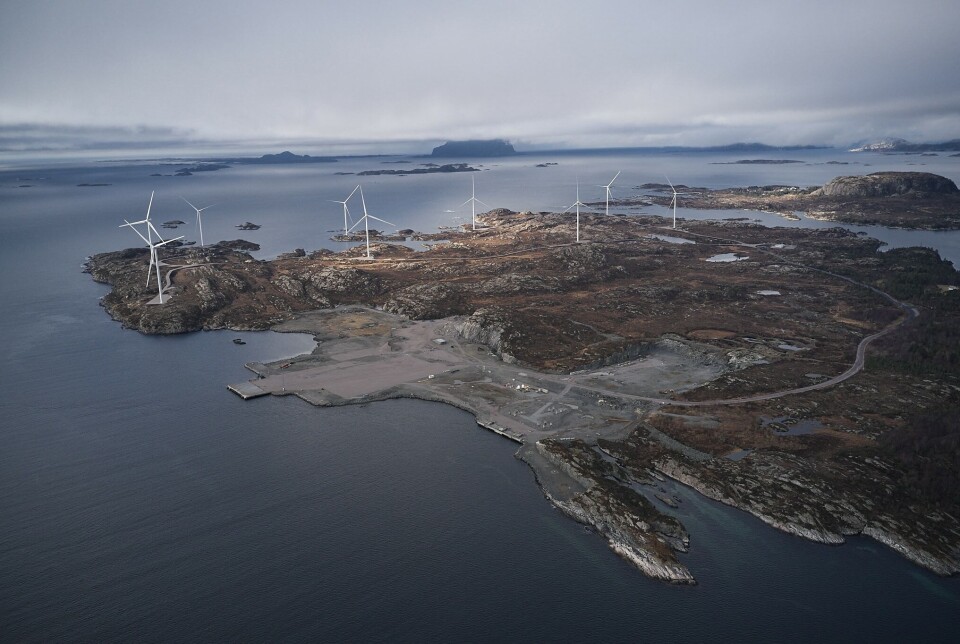
Norway salmon farmer given permit to produce 50,000 tonnes of fish per year
Bue Salmon's limit has been increased almost tenfold.
Bue previously had a permit for 5,500 tonnes at its planned land-based facility on Lutelandet in Bulandet.
"This is a big day for us at Bue. We are grateful for the good dialogue we have had with authorities, partners, and relevant professional communities during the application process," said Bue's general manager, Knut Eikeland, in a press release.
The company said that the county governor's office pointed out that Lutelandet's planned production of 50,000 tonnes of fish corresponds to approximately one-seventh of today's total sea-based production in Vestland county, which in 2023 amounted to 344,000 tonnes of harvested fish.
"50,000 tons is a very large volume. The most important thing for us is still to scale in a safe way, while ensuring that area and concession do not become a limitation. We have started with a pilot in Bulandet that produces about 1,000 tonnes a year. This has been in operation for almost three years with good results. This shows that we are ready to take new steps," said Eikeland.
Environmental and operational benefits
According to Bue, the governor's office highlights in its decision:
"The aquaculture industry produces seafood and creates jobs and value for Norway. Land-based farming has several advantages from an environmental perspective compared to sea farming. Wastewater treatment results in a smaller footprint per ton of produced fish, measured as bottom impact on the ecosystems in the recipient. Land-based production also has lower emissions of plastic, antifouling agents, and medicines against lice than open sea facilities. Additionally, this form of production can reduce problems with salmon lice and thereby lessen the impact on wild fish."
Scaling up production
The permit states that Bue Salmon must deliver on both fish welfare and environmental impact. The first construction phase is tentatively planned with a production capacity of 12,600 tonnes.
"The concession we have been granted shows the significant scale that can be achieved through land-based farming, provided that one succeeds in controlling the factors that affect fish health and welfare and the environmental impact from production," concluded Eikeland.
Bue Salmon currently farms its fish at a pilot facility comprising four circular, flow-through tanks sunk into the ground. The tanks are 9 metres deep and each one holds 3,700 cubic metres of water.
The farm is situated on the island of Gjørøyna in Bulandet, an archipelago in the sea off the mainland coast of Vestland county. Gjørøyna is a few miles to the west of Lutelandet. There is sea on all sides and low terrain that ensures the lowest possible lifting height to pump sea into the tanks, reducing energy requirements.
Bue previously produced post-smolts but pivoted to harvest-sized fish, and completed its first production cycle in May and June, during which it sold 514 tonnes of food fish at an average price of NOK 99.2 (£7.36) per kilo and achieved a superior share of 95%.






















